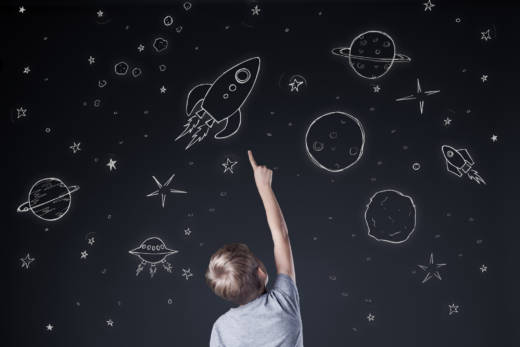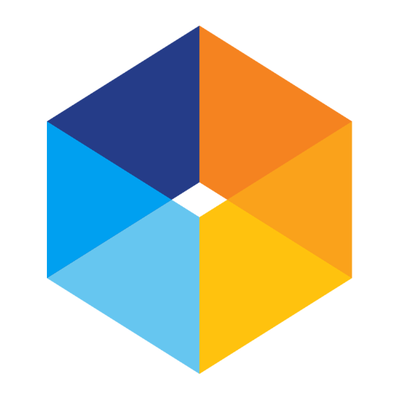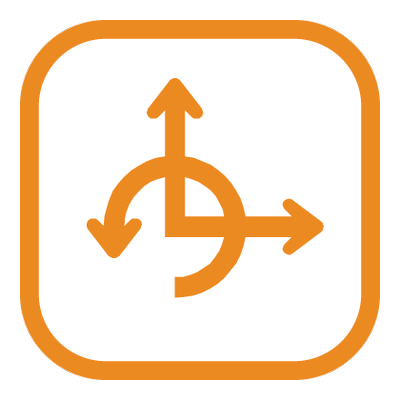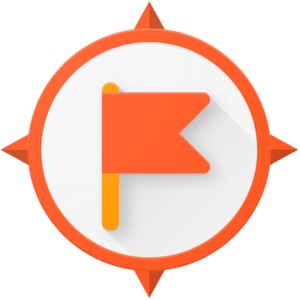To some, curiosity suggests actively seeking out challenges and new experiences. While that's partly true, studies suggest that curiosity has a deeper impact on learning. Scientists at the University of California, Davis found that brain activity increased when participants were more curious about certain questions, resulting in greater quick recall as well as long-term memory. For teachers, this means students' curiosity might be harnessed to promote more meaningful learning.
What's most meaningful about curious exploration is the path, not the destination; STEM educators in particular have long valued inquiry- and project-based approaches that support this. But it's up to teachers to help students realize that while technology can make the discovery process easy, finding an answer from an internet search tends to be much less satisfying than the struggle it took to get there. The good news is that student curiosity isn't in short supply, and while some students seek understanding more than others, all have the ability to push the limits of what is known.
Check out these picks to get students exploring the big and small with virtual reality and augmented reality, making and coding their own inventions, and collecting real-time data from household objects to help channel kids’ curiosity for the world into deep learning.
There’s so much to explore with this tool that contains tons of interactive 3D models. Students will find models spanning a variety of subjects and topics, including prehistoric mammals (science), a dodecahedron (geometry), or Stonehenge (culture). Besides letting students rotate or zoom in on models that peak their interest, teachers can guide students to use the augmented reality feature to take pictures of the models with real-life or student-constructed backgrounds.





